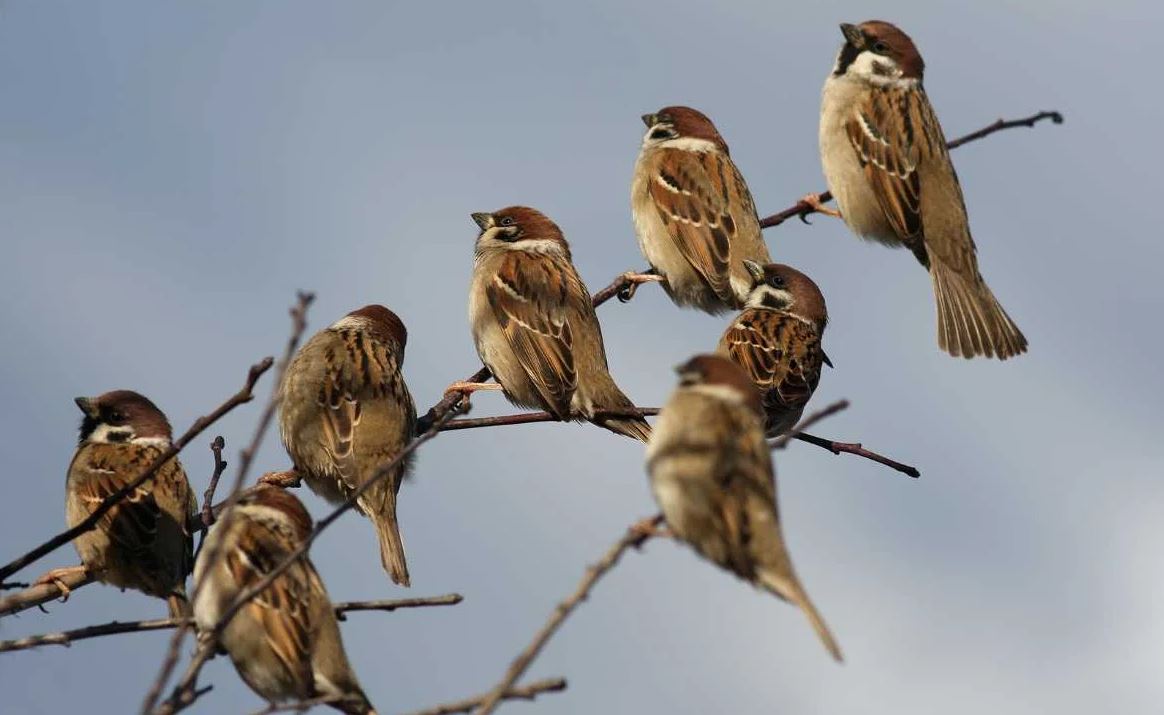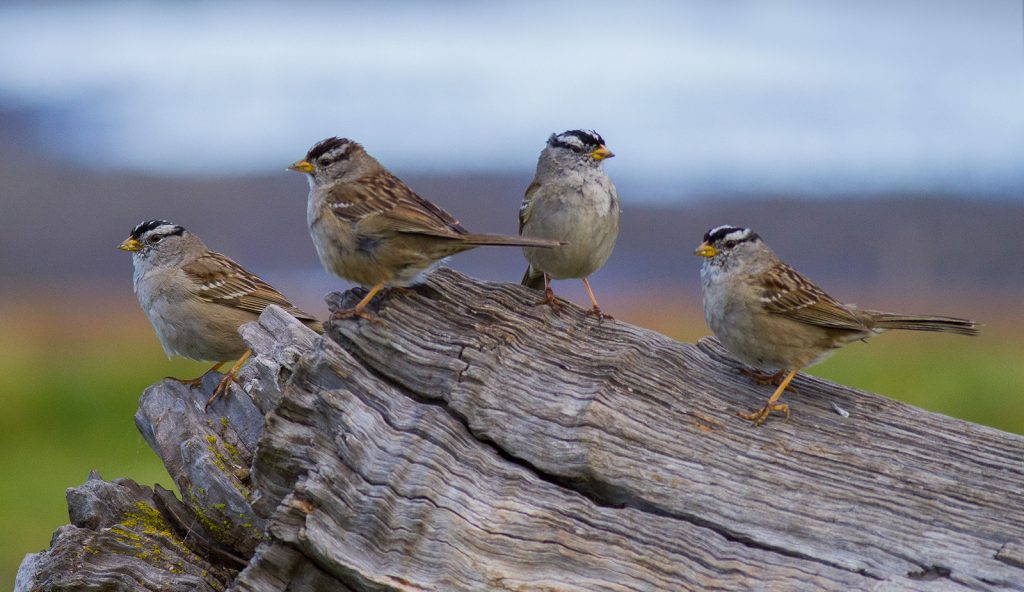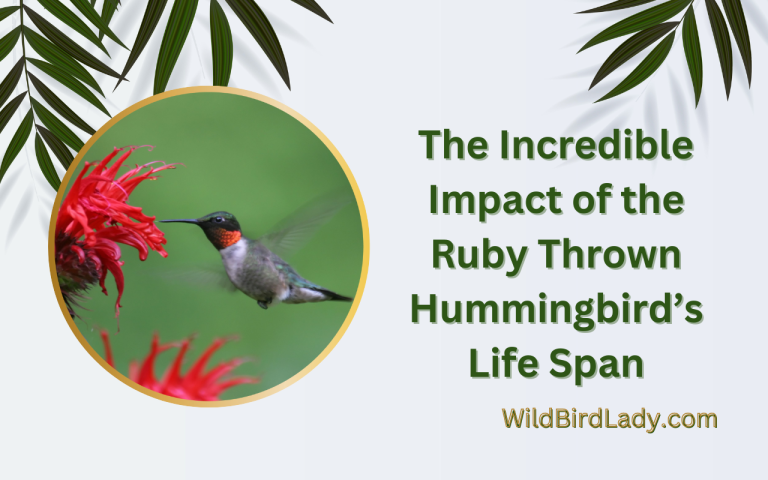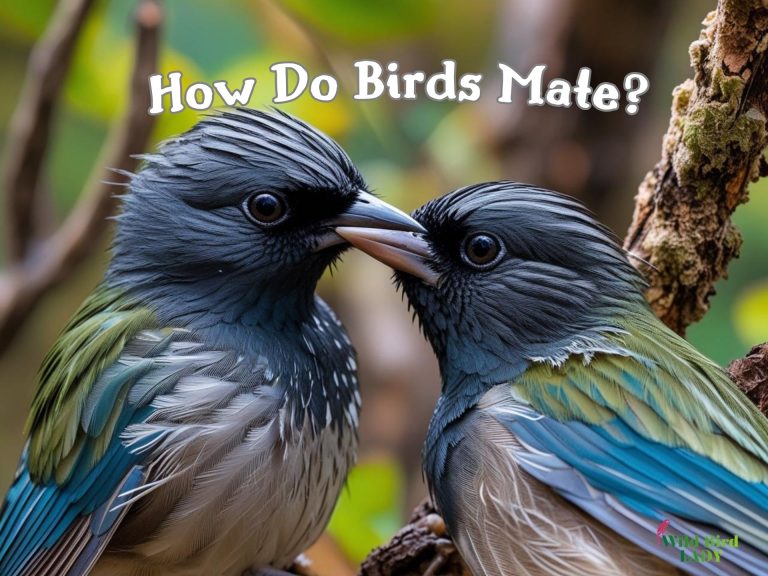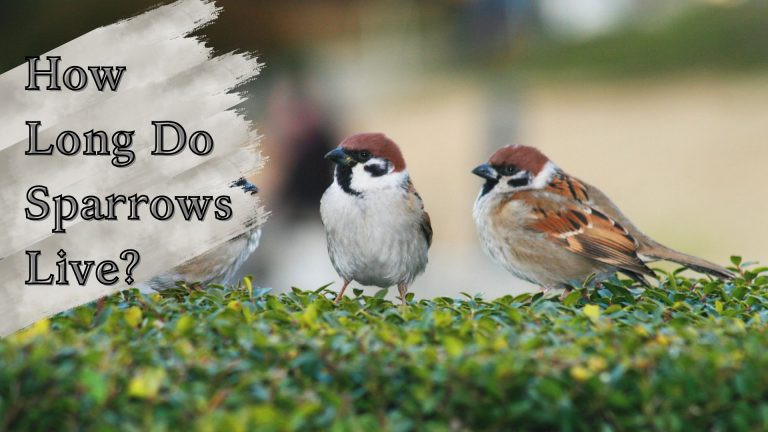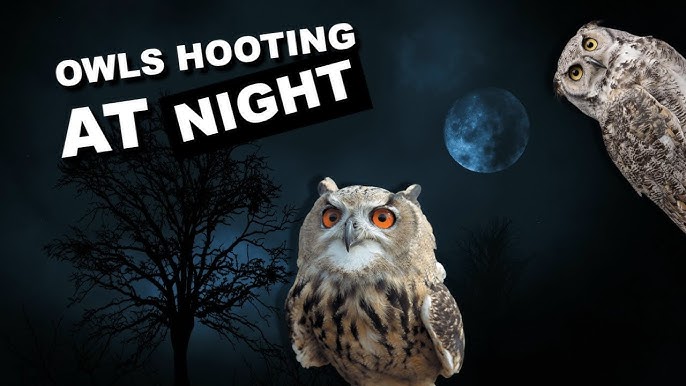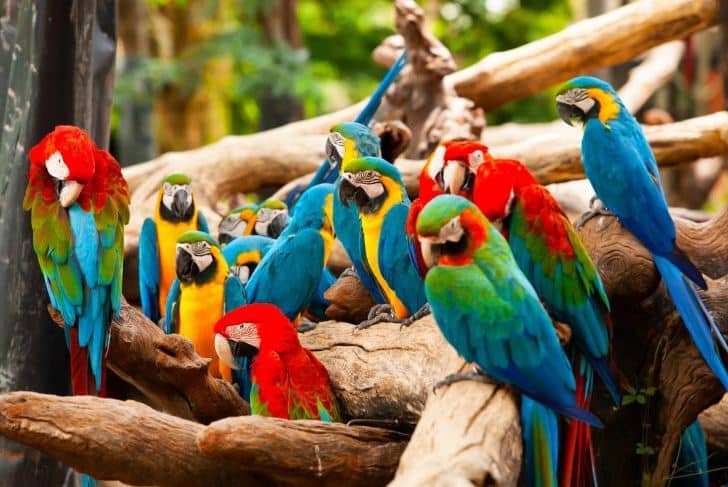What Is a Group of Sparrows Called? Discover the Charm Behind the Names!
Introduction: A Tiny Bird With a Big Social Life
When you hear the cheerful chirping of sparrows in your backyard, you might not think twice about what they’re up to. But did you know that sparrows are some of the most social birds in the avian world? They don’t just fly solo—they love gathering in large numbers, especially during roosting or migration. But here’s the fun part: what is a group of sparrows called?
In this article, we’ll answer that question in full detail—and more. We’ll explore not only the names but also the behavior, symbolism, and ecological importance of sparrow groups. Whether you’re a birdwatcher, a curious learner, or a writer looking for the perfect collective noun, you’re in for a fascinating journey.
What Is a Group of Sparrows Called?
Let’s cut to the chase. A group of sparrows can be referred to using several collective nouns, including:
- A host of sparrows
- A quarrel of sparrows
- A crew of sparrows
- A flutter of sparrows
- A ubiquity of sparrows (rare usage)
Each of these terms carries its own unique flavor and origin story. Let’s break them down.
1. A Host of Sparrows
This is the most widely accepted and recognized term. “Host” comes from the Old French hoste, meaning an assembly or a large gathering. It emphasizes how sparrows congregate in great numbers, especially in trees, fences, or telephone lines.
Example in a sentence:
“At dawn, a host of sparrows descended on the garden, filling the air with cheerful chirping.”
2. A Quarrel of Sparrows
Less common, but quite descriptive. Anyone who’s seen sparrows fight over crumbs or nesting sites knows they can be feisty. The word “quarrel” captures their noisy disputes and squabbles over food or territory.
Example:
“A quarrel of sparrows erupted on the patio over a single piece of bread.”
3. A Flutter of Sparrows
This poetic collective noun highlights the delicate flapping and fluttering of sparrow wings. Often used in literary descriptions, it paints a graceful image of the birds in flight.
4. A Crew of Sparrows
“Crew” evokes cooperation and group behavior—perfect for sparrows who forage and nest together.
Why Do Sparrows Gather in Groups?
Understanding the collective nouns is just the beginning. Let’s explore why sparrows tend to form groups, and what benefits they gain from this behavior.
1. Safety in Numbers
Just like many birds, sparrows rely on flocking as a defense mechanism. Being in a group reduces the chances of individual predation. If a hawk approaches, a scattered swarm of sparrows is much harder to catch than a lone bird.
2. Roosting Together
Sparrows often roost communally, especially in cold weather. Huddling together in dense foliage or tree cavities helps them stay warm through the night.
3. Social Interaction
Sparrows are surprisingly social birds. They communicate through chirps, body language, and even mating displays. Group living facilitates bonding, pairing, and even learning.
4. Efficient Foraging
Groups help each other locate food sources. When one sparrow finds something edible, others quickly join in.
Sparrow Species That Form Groups
There are over 40 species of sparrows around the world, and many of them exhibit flocking behavior. Here are some common examples:
House Sparrow (Passer domesticus)
- Perhaps the most well-known species.
- Found across North America, Europe, and Asia.
- Frequently seen in groups, especially around human dwellings.
White-throated Sparrow (Zonotrichia albicollis)
- Found in North America.
- Migrates in flocks and often forages in groups on the forest floor.
Eurasian Tree Sparrow (Passer montanus)
- Common in Europe and parts of Asia.
- Roosts and nests in colonies.
Cultural and Symbolic Meaning of Sparrows in Groups
Sparrows have played symbolic roles in human culture for centuries. Their collective behavior has inspired poets, artists, and spiritual interpretations.
1. In Literature
In many works of fiction and poetry, a group of sparrows represents community, resilience, and the power of the small.
“Though tiny and plain, the host of sparrows overwhelmed the sky with song.”
– Anonymous Nature Poet
2. In Religion
- Christianity: Sparrows symbolize God’s care for even the smallest creatures. “Not one sparrow falls to the ground without your Father’s knowledge.” (Matthew 10:29)
- Buddhism: Sparrows represent joy and the importance of community.
3. In Folklore
In some traditions, seeing a group of sparrows near your home is believed to bring good luck, especially during spring.
Differences Between a Group and a Pair of Sparrows
You might be wondering: how does a pair differ from a group in behavior and meaning?
A Pair of Sparrows
- Usually a mated couple, particularly during nesting season.
- They exhibit bonding rituals, such as grooming and food-sharing.
- Often very territorial.
A Group of Sparrows
- Can include dozens or even hundreds of individuals.
- More focused on social interaction, safety, and foraging.
- Not necessarily related or paired.
Seasonal Behavior: When Do Sparrows Form Groups?
Sparrow flocking behavior can be seasonal:
| Season | Grouping Behavior |
|---|---|
| Spring | Smaller flocks or pairs for breeding |
| Summer | Nesting in territories, sometimes solitary |
| Fall | Flocks reform for migration or feeding |
| Winter | Large communal roosts to stay warm |
During fall and winter, you’re more likely to see a large host of sparrows in your backyard or on power lines.
How to Attract a Group of Sparrows to Your Yard
Want to see a host of sparrows up close? Here are a few tips:
1. Provide Food They Love
- Millet, cracked corn, and sunflower seeds are sparrow favorites.
- Use platform feeders or scatter food on the ground.
2. Offer Shelter
- Dense shrubs, hedges, and small trees are perfect roosting spots.
- Consider installing nesting boxes.
3. Supply Fresh Water
A shallow birdbath can attract sparrows for drinking and bathing.
4. Avoid Chemical Sprays
Pesticides kill the insects sparrows feed on—especially important for nestlings.
Fun Facts About Sparrow Groups
- Sparrows talk constantly in groups. Their “chatter” is a mix of calls used for alarms, bonding, or locating each other.
- A large group can eat thousands of insects per day, helping control pest populations naturally.
- In some cities, sparrows roost under bridges or building eaves, forming huge hosts.
FAQs: Group of Sparrows
Q: Is “flock of sparrows” correct?
A: Yes, “flock” is a general term used for most bird groups, including sparrows, but “host” or “quarrel” is more specific and poetic.
Q: Why are sparrows so noisy in groups?
A: Their chatter helps with communication—alerting each other to danger, food sources, or social dynamics.
Q: Do sparrows migrate in flocks?
A: Some species do. House sparrows are more sedentary, but others form flocks during migration for protection and efficiency.
Q: Can sparrows from different species group together?
A: Sometimes, yes. Mixed-species flocks are common during migration or in shared habitats.
Conclusion: More Than Just Little Birds
So, what is a group of sparrows called? Now you know it can be a host, a quarrel, a flutter, or even a crew. But beyond the names, these birds show us the value of togetherness, community, and communication—in feathered form.
Whether you’re a bird lover, a backyard observer, or just curious about language, the collective nouns for sparrows remind us that even the tiniest creatures have a rich and fascinating social world.

